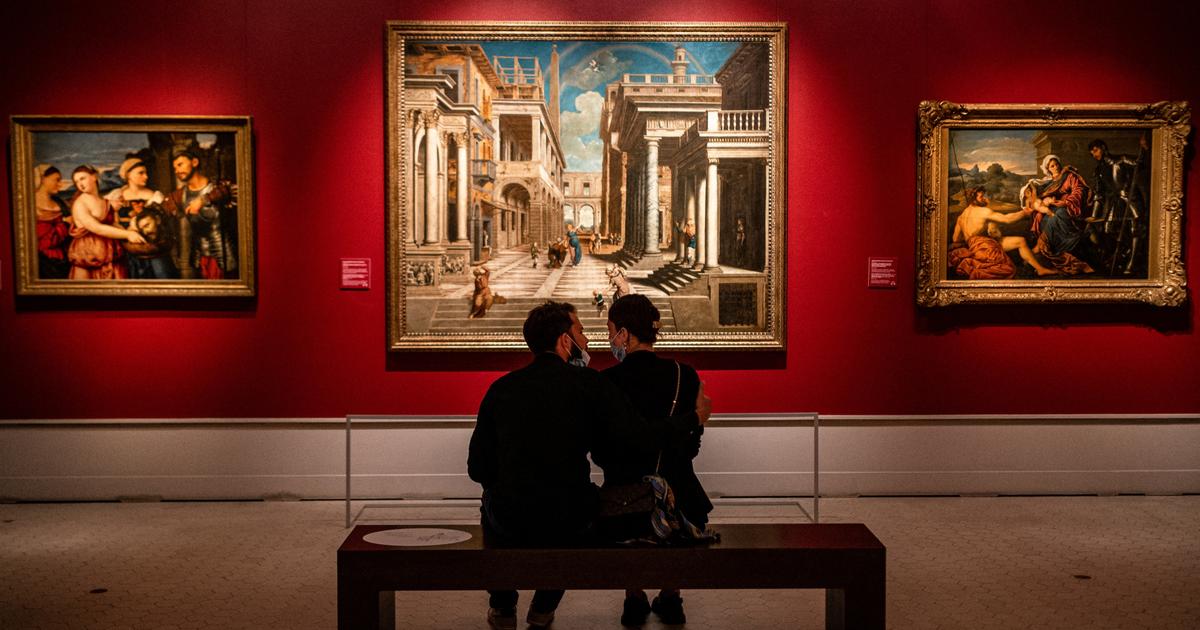Finland has finally returned the 42 million euro insured shipment intercepted last week by its customs, the Finnish Foreign Ministry said on Friday.
As soon as stopped, as soon as left. The convoy of works of art belonging to several Russian museums and seized in early April by Finnish border guards has been returned to Russia, the Finnish Foreign Ministry said in a statement on Friday. Finland’s decision was made after consultation with the European Union and the addition of an exception clause to sanctions, reserved for goods that have been the subject of cultural cooperation, such as works museums on loan abroad.
Russian Culture Minister Olga Lyubimova welcomed on Telegram the «clarification» provided by Brussels. “The paintings are on Russian territory”, his ministry confirmed on Saturday. The updated sanctions for issuing permits for the transfer of certain cultural property to Russia were to come into effect on April 9, according to the statement from the Finnish Foreign Ministry.
Valued at nearly 42 million euros, the art shipment had been intercepted on 1is and April 2 in Vaalimaa, on the border between Finland and Russia, on the road to Saint Petersburg. The Finnish border guards had considered that the works in question could be affected by the sanctions on the export and transfer of luxury goods and had entrusted the monitoring of them to the Directorate of Museums of Finland. Russia was indignant on Wednesday at a seizure “perfectly illegal”.
Works from the greatest Russian museums
The returned convoy carried goods belonging to the most prestigious Russian museums, including the Hermitage, the Pushkin Museum and the Tretyakov Gallery. The various works of art – an undetermined list of paintings, sculptures and antiquities – were being repatriated from Italy and Japan, where they had been exhibited. Their return comes as part of a cultural standoff between Russia and the allies of Ukraine, the scene since February 24 of the most important conflict in Europe since the Second World War.
The seizure of these works, even if they have been returned, will affect the art world’s confidence in the international loan system.
Thomas C. Danziger, art market lawyer.
“The seizure of these works, even if they have been returned, will affect the art world’s confidence in the international loan system.observed on Friday for the New York Times art market lawyer Thomas C. Danziger. The slightest suspicion, however small, that a work of art may not be returned to its owner by the host institution may suffice to kill in the egg of many international exchanges.».
In March, Russia took the decision to repatriate works loaned to various European countries, including Italy, in reaction to similar measures decided by several European countries. France, for its part, announced Saturday to retain at least two paintings presented to the Louis Vuitton Foundation as part of the event exhibition of the Morozov collection. A seized painting belongs to the Russian oligarch Petr Aven, under sanctions, while the second is part of the collections of the Museum of Fine Arts in Dnipropetrovsk, in eastern Ukraine.
The short-lived seizure of the Russian works took place against a backdrop of heightened tensions between Finland and Russia, against a backdrop of rapprochement between the Scandinavian state and NATO following the invasion of Ukraine. The interception of the convoy by the Finnish border guards also illustrates the erosion of cultural trust between the different parties, while several artists have already paid the price for their support for Russia or Ukraine.
